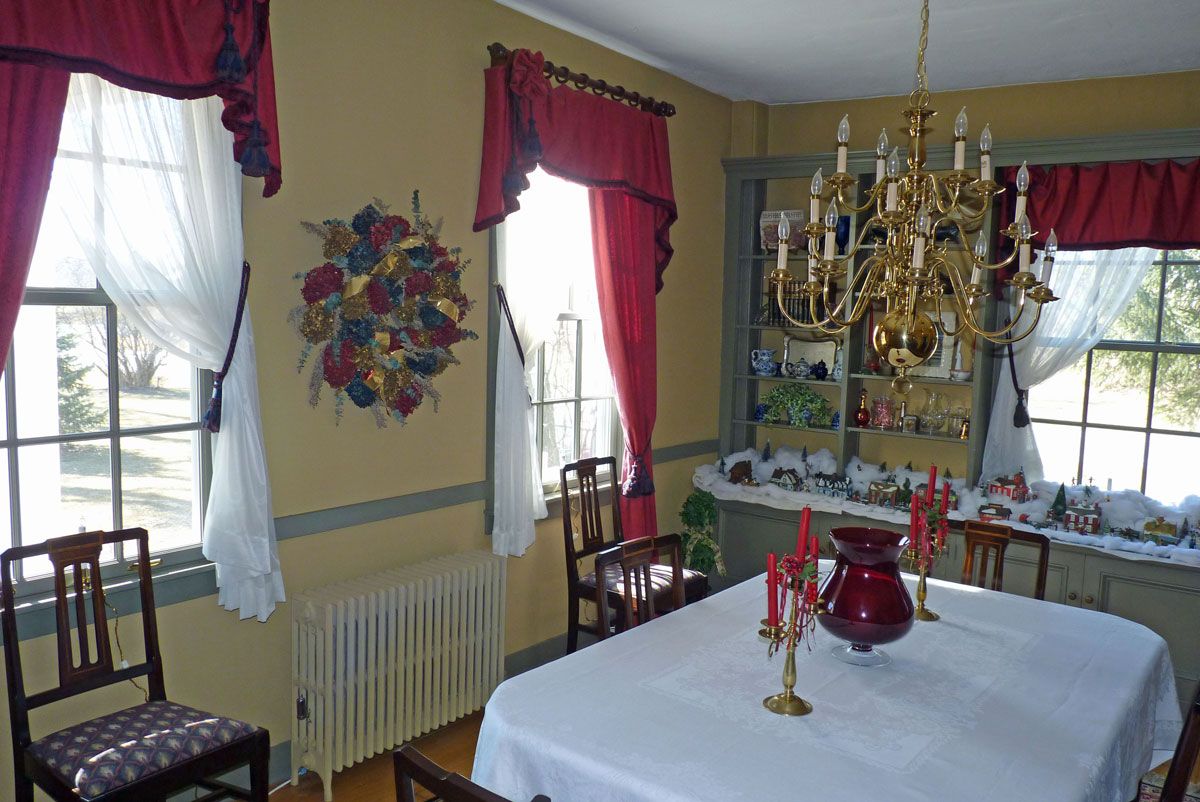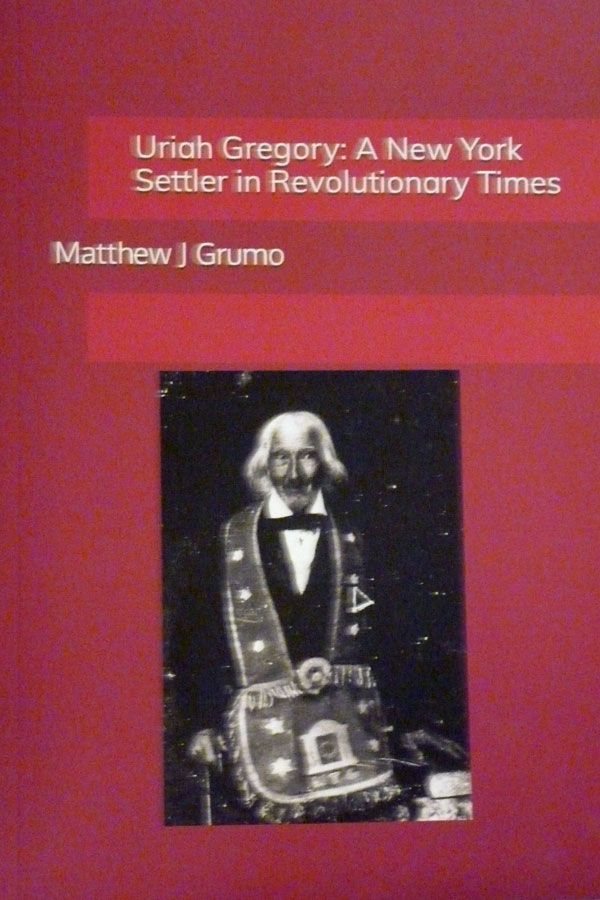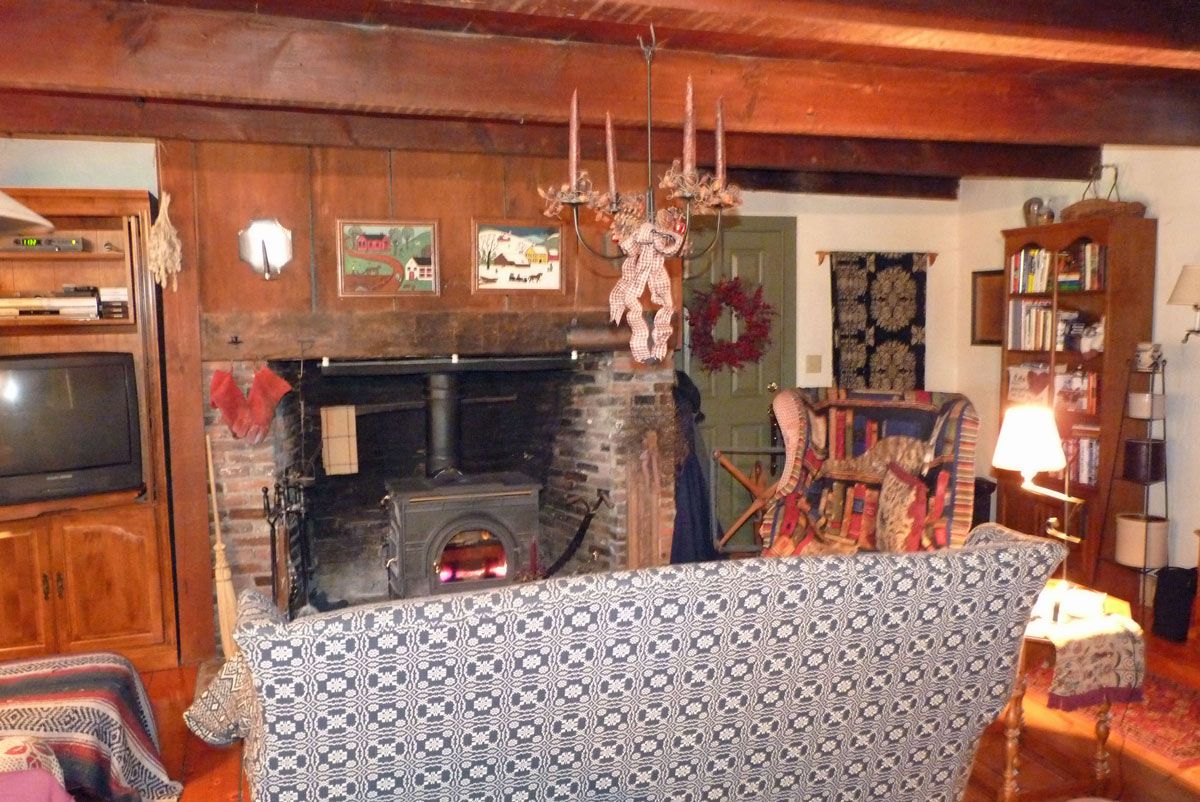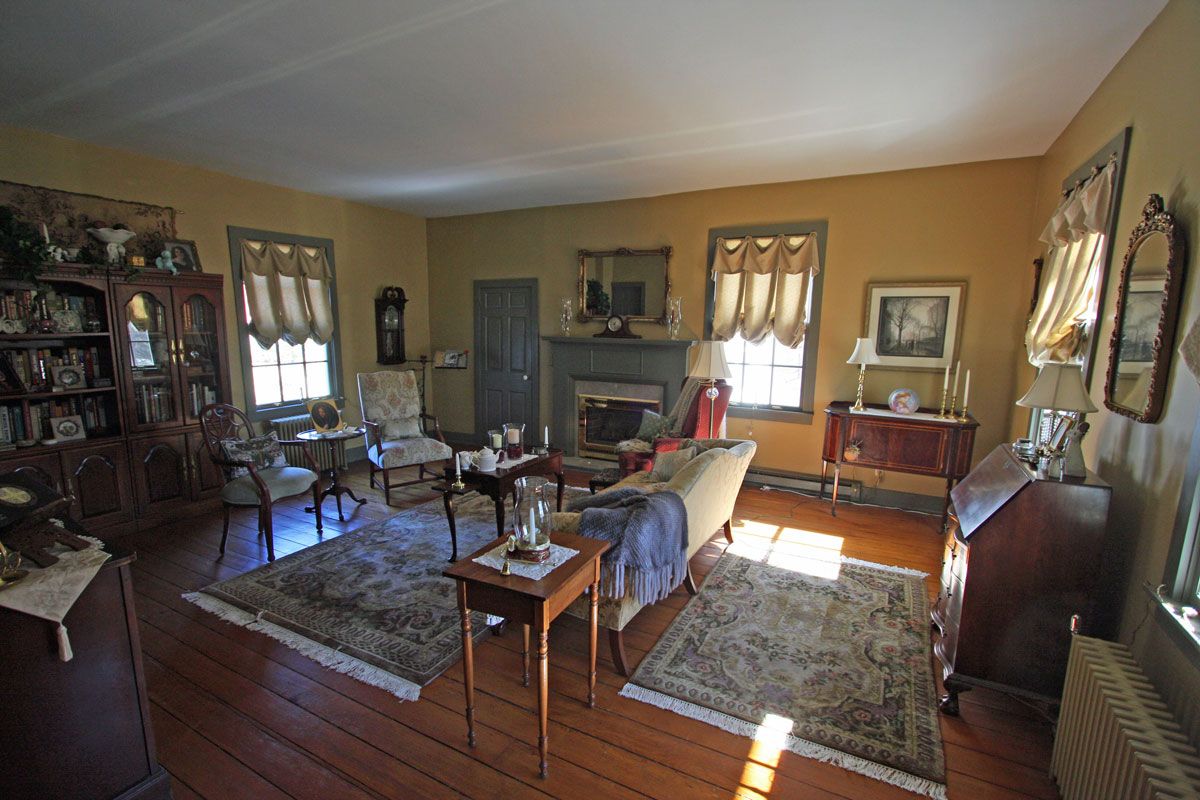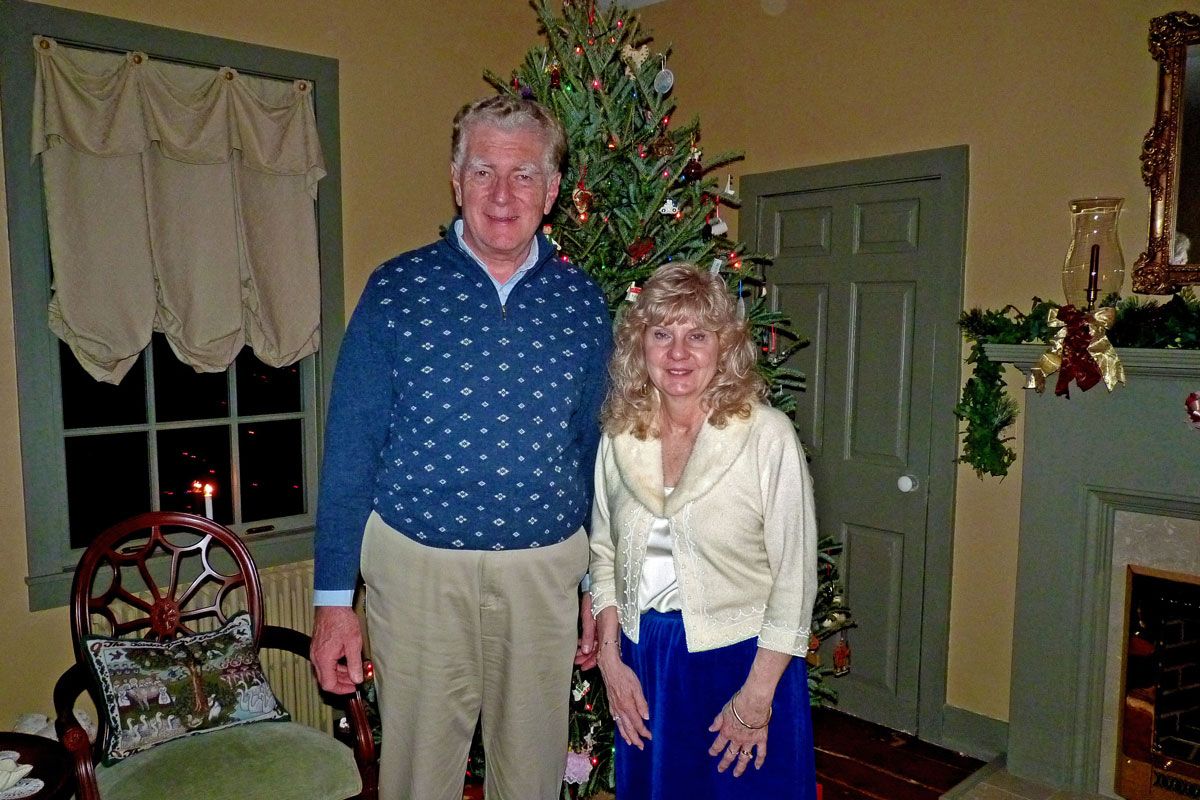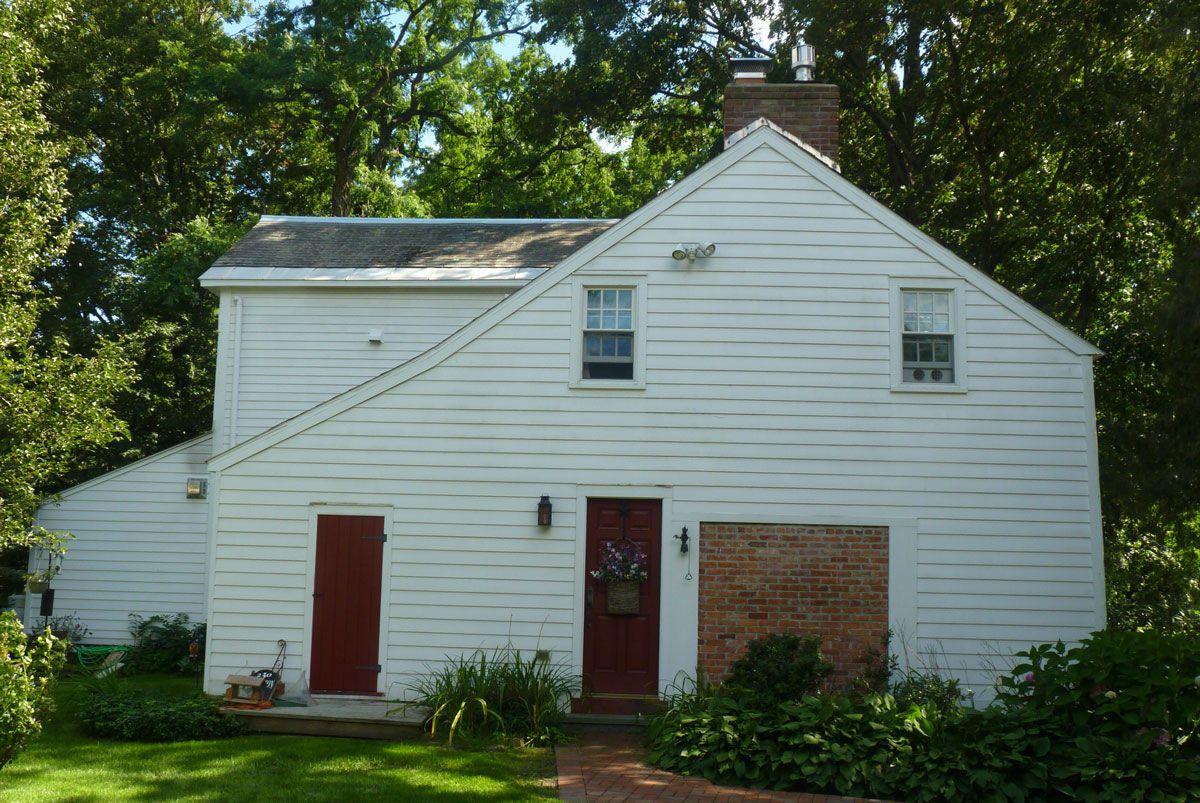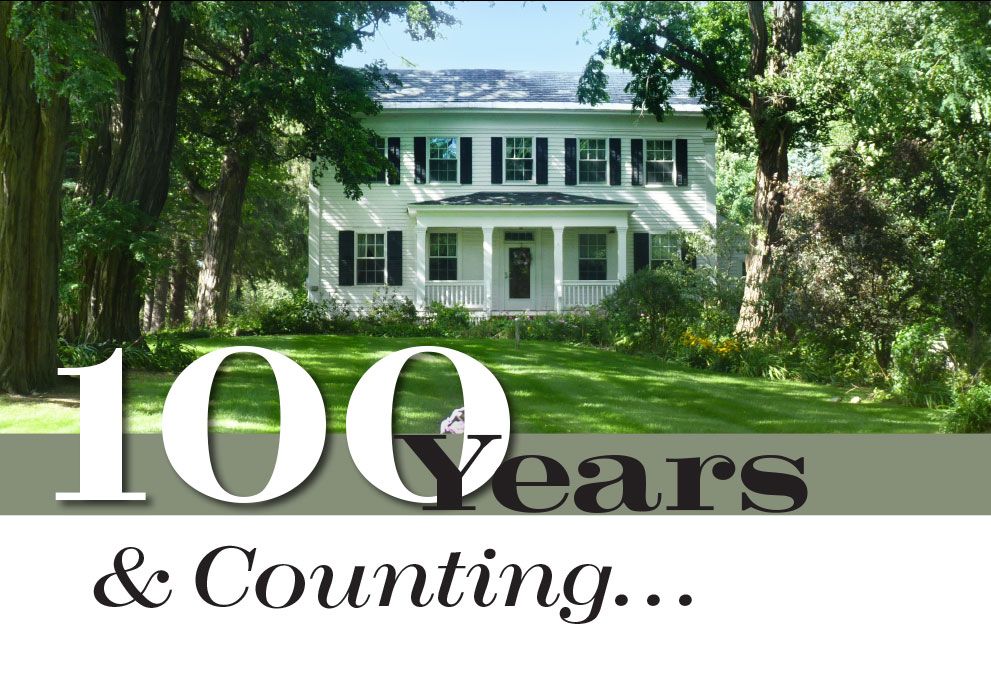
[From the Fall 2023 Showcase of Homes Magazine]
Written By Matt Grumo | Photos Provided
Nestled among towering locust and maple trees on the corner of Charlton Road and Goode Street is a historic Greek Revival farmhouse that dates from the earliest years of Ballston history. The current owners, Matt and Jeannine Grumo, purchased the home in 1995 and Matt has spent a good deal of time investigating the history of the house and the family of Uriah Gregory that originally settled there.
A history of early Ballston, Shadows, written by former town historian, Katherine Briaddy, provided some basic information about the house and Uriah Gregory. Matt’s efforts began with visits to the county clerk’s office to look for deeds, tax records and the like, as well as stops at the local historic societies. An early visit to Brookside Museum of the Saratoga County History Center in Ballston Spa uncovered an unexpected find among the documents in the museum’s “Gregory” folder. A descendant of Uriah’s from Washington state had forwarded some photographs of Uriah and one of his daughters that had been passed down through the generations. The image of Uriah is particularly noteworthy because photography was in its infancy in the early 1840s and images of Revolutionary war veterans would have been quite rare.
Another treasure in the folder was a transcript of a document entitled My Grand Father’s Story-A True Tale of the Revolutionary War written by Sophia L. Satterlee. Sophia was a granddaughter of Uriah’s who composed this story around 1843 based on discussions with her grandfather in the last year of his life. The story begins with Uriah’s childhood in Wilton, Connecticut, and his move with his father up to Ballston District in 1776. It goes on to describe his experiences in the local militia and with the Connecticut militia at the Battle of Saratoga, and provides glimpses into life during those tumultuous years, which included the aftermath of the famous raid of Ballston by the British in 1780. Other pieces of critical source material are the pension application Uriah submitted in 1832 which details his service during the revolution, and the early town records which document the various roles Uriah had (e.g., town justice) during his long residency in Ballston. Using online resources such as Ancestry.com provided access to a variety of records including census data, tax lists, old newspaper stories, genealogical histories and cemetery details that helped add substance to the story. Matt’s research involved trips to Uriah’s ancestral home in Wilton, Connecticut and to the Finger Lakes region where several of his children and grandchildren had lived.
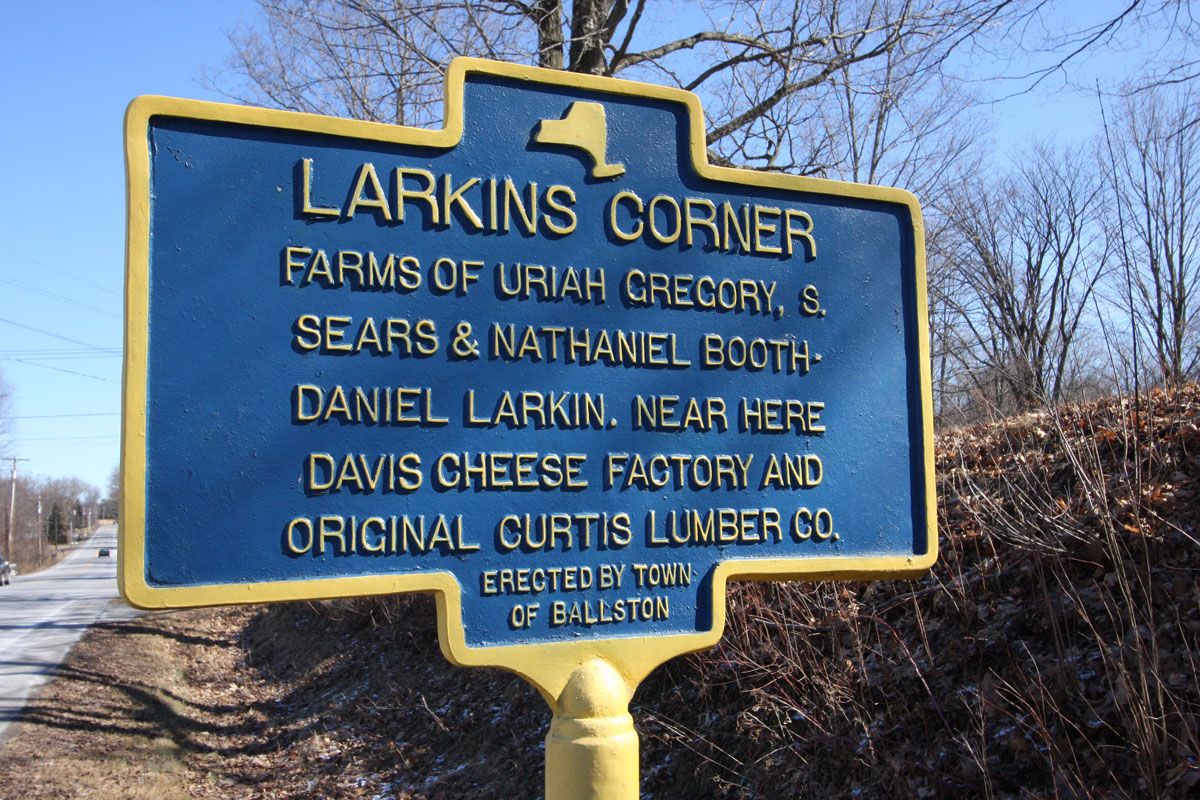
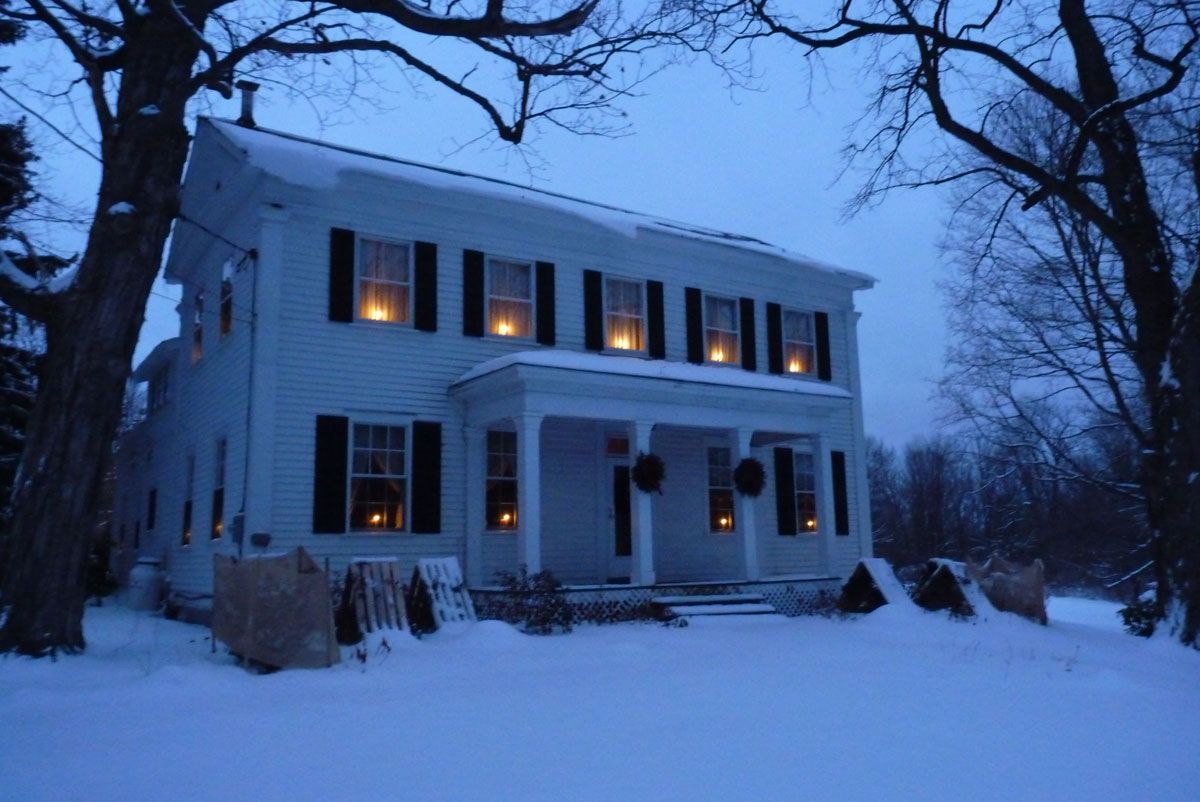
The land upon which their house is located was part of a purchase Uriah made in 1792 and it is likely the first house (north section of current home) built shortly thereafter where Uriah and his wife, Tamer, raised their eight children. This part of the house includes a keeping room and an upstairs bedroom. The South (Greek Revival) part of the house was added in either one or two phases probably around 1830 and includes a parlor and dining room on the first level and additional bedrooms above. The structure features mortice and tenon, scribed joints, large posts and beams, lath and plaster walls and other features typical of the period.
Matt has continued to communicate with the descendants of the Gregory family over the years and they have shared other items such as family stories and letters that allowed him to follow members of Uriah’s family through much of the nineteenth century. In turn he has been able to share details about Uriah and photos of the house of their ancestor.
“Originally my thoughts were focused on Uriah’s life and my intent was to develop a short narrative that could be given to the town and county historical societies, local genealogy groups and future owners of the house to preserve a record of this house and the family that lived here. As I proceeded, I found my love of history driving me to learn more about the period in an attempt to put myself in ‘Uriah’s shoes’ and add historical context to his life.” While he did not intend to prepare a genealogical record of the family, Matt extended the story to describe what happened to Uriah’s children and grandchildren since, in many ways, their lives came to represent for him a true “American story” spanning more than a century of the formative years of our nation.
Matt’s research has culminated in the recent publication of the book Uriah Gregory-A New York Settler in Revolutionary Times
